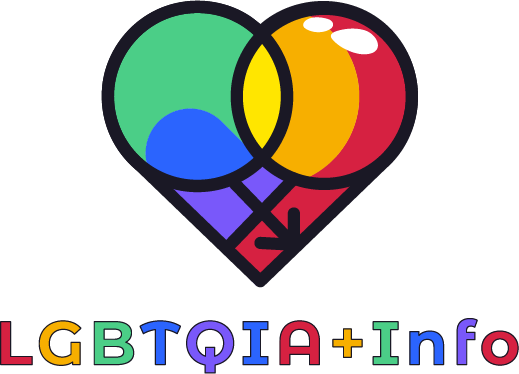Even if queer visibility in popular culture has improved greatly in recent years, there is still a long way to go. The article will examine the evolution of LGBT depictions in popular culture, the contemporary climate, and the never-ending battle for acceptance and inclusion. The effects of queer representation as it has changed through time will be discussed.
Introduction: Defining Queer Representation
To begin discussing queer representation in media and culture, we must first agree on what we mean by the term “queer.” Many people who don’t identify as heterosexual or cisgender use the word “queer” to describe themselves and their communities. The term “queer representation” is used to describe the incorporation of LGBTQ+ characters, plots, and themes in media.
Historical Overview: From Stereotypes to Visibility
Since its start, queer representation in media and society has progressed significantly. In the past, it was common for gay characters to be presented in negative ways that perpetuated harmful stereotypes. Early movies often presented gay people in an unfavorable light, contributing to widespread prejudice towards the LGBTQ+ population.

Later in the twentieth century, however, a change occurred, and gay people began to be portrayed in more favorable and varied ways. Many thanks to mainstream media like “Brokeback Mountain” and “Will & Grace” for normalizing LGBT identities and experiences and therefore paving the road for greater acceptance and exposure.
Learn about the various types of queer discrimination and how they can impact individuals and communities in our article: Understanding the Types of Queer Discrimination: Exploring its Effects!
The Current State of Affairs: Progress and Pushback
Despite some strides being made, there is still a long way to go before the gay community is accurately portrayed in the media and popular culture. Even today, mainstream media seldom features LGBTQ+ people or narratives, and when they do, they are typically subjected to negative stereotypes and common phrases.
Additionally, there has been opposition from conservative and religious communities that find LGBTQ+ depictions to be offensive or immoral. This has resulted in restrictions and reactions against LGBT representation in the arts and media.
The Impact of Queer Representation: Breaking Barriers and Building Empathy
There are many compelling arguments in favor of queer visibility in popular culture and the media. For starters, it facilitates the dismantling of obstacles and the dissemination of varied, genuine gay narratives, helping to dismantle stereotypes. This fosters more acceptance and inclusion by increasing awareness of the LGBTQ+ community.

Second, LGBT visibility and acceptance are bolstered when queer people see themselves reflected in popular culture. Young individuals figuring out their sexuality or gender identity may benefit greatly from this.
Discover the benefits and challenges of coming out as LGBTQ+ and find helpful tips for individuals and their allies in our comprehensive guide: Importance of Coming Out!
The Ongoing Fight for Diversity and Equality: Why Queer Representation Matters
The importance of queer visibility in popular culture goes beyond just amusement to touch on issues of equality. We are working for the rights and dignity of LGBTQ+ people by calling for more diversity and equality in media and entertainment.
Finally, there is still a long way to go in terms of LGBT representation in the media and society. A more equitable and welcoming global community may be achieved via the promotion of equality and the celebration of cultural differences.

